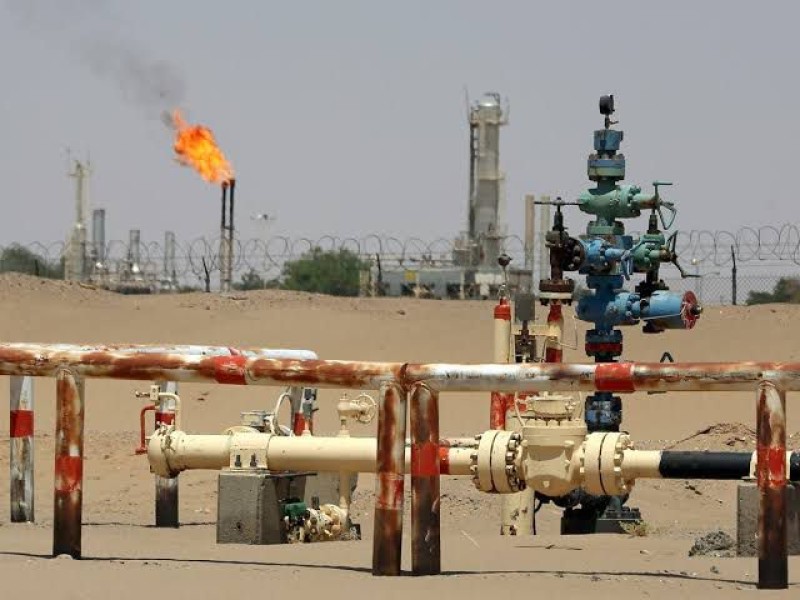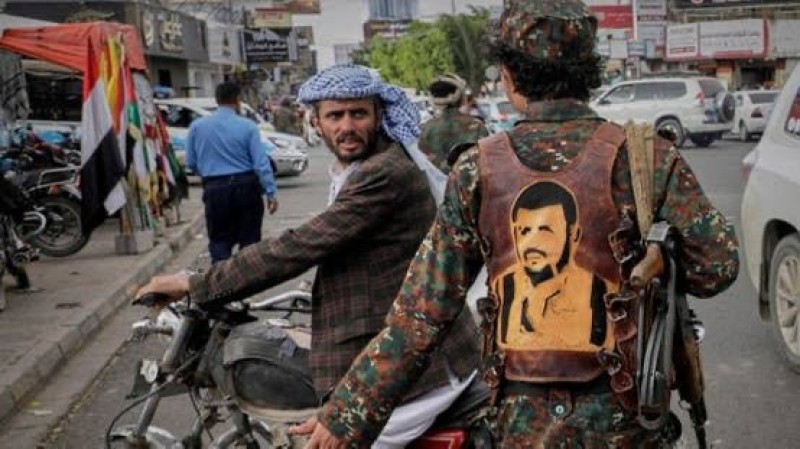Migrant Response Plan for the Horn of Africa and Yemen 2023


IOM VISION
The Regional Migrant Response Plan (MRP) for the Horn of Africa and Yemen includes urgent life-saving humanitarian and protection interventions to improve safe and dignified access to basic services for migrants in transit, destination as well as host communities, ensuring medium to long-term actions aimed at addressing the drivers of migration; as well as building evidence, partnerships and coordination to enhance the humanitarian response and migration management throughout the migration route. Within the broader inter-agency framework developed by IOM in coordination with 40 partners, including regional and country-level non-governmental (NGOs), UN Agencies and intergovernmental partners, IOM will support governments and other partners by strengthening their capacities for better migration management to support communities of origin, transit and destination.
CONTEXT ANALYSIS
The Eastern Route encompasses movements of people travelling from Ethiopia through Djibouti or Somalia and from Somalia travelling across the Red Sea/Gulf of Aden to the Kingdom of Saudi Arabia and other Gulf States via Yemen. Between January and October 2022, over 206,000 movements along the Eastern Route were recorded, with the majority of the people departing for economic reasons, and others citing conflict and climate change as the driving forces. Over a third of migrants along the Eastern Route were women, six per cent were children and 18 per cent were unaccompanied migrant children (UMC). As of November 2022, IOM recorded 120,136 migrant entries into Djibouti since the beginning of the year with a sharp increase of 66 per cent in the entries in May 2022. In addition, 8,065 migrant entries were recorded from Ethiopia into Somalia between January-October 2022. This figure is far lower than actual entries into Somalia from Ethiopia since flow monitoring activities were suspended between February 2022 and 15 October 2022. In 2022, arrivals to Yemen between January and October have more than doubled compared to the same period in 2021, with over 53,401 people arriving by boat this year (IOM, 2022).
The ongoing drought in the Horn of Africa continues to reduce the ability of host communities to support migrants in transit, in destination, and/or return settings. The ongoing drought also has the potential to motivate host community members to migrate themselves. In 2022 28 per cent of migrants observed exiting Ethiopia, left from drought-affected areas (IOM, 2022). In Ethiopia, the uncertain future of the conflict in the north of the country prevents returnees from going back to their place of origin. Moreover, migrants returning to areas affected by the drought are more likely to re-migrate due to decreased chances of sustaining their livelihood. Environmental change and disasters remain constant drivers of migration. However, climate change predictions indicate that even more people are expected to be on the move as extreme weather-related events such as floods, droughts and storms become more frequent and intense. Particular emphasis should be placed on those who lack the resources to migrate and who are trapped in communities most heavily affected by climate change, primarily those who receive transiting migrants or migrants at destination.
Furthermore, from 1 March to 25 November 2022, 73,697 migrants were forcibly returned to Ethiopia from the Kingdom of Saudi Arabia as part of an operation that totalled over 500 million forced returns since 2017. Roughly 17 per cent of forcibly returned migrants in 2022 intended to return to Tigray, a region that is currently inaccessible owing to active armed conflict. In 2023, the situation for returning migrants remains unclear following a “permanent cessation of hostilities” between parties to the conflict in Tigray established in November 2022. While this is a positive development, ambiguities on the specific details of the end of conflict and resumption of access will likely affect when and how Tigrayan migrants can return to their place of origin. IOM also recorded 5,400 forced returns from Djibouti at the Dewele point of entry in Northern Ethiopia from the beginning of the year to the end of September 2022. Since the outbreak of the conflict in November 2020, nearly 3,000 forcibly returned migrants from Tigray and the wider North of Ethiopia have been stranded in Addis Ababa, unable to return to their place of origin, resulting in overcrowding, lack of basic needs and increased protection vulnerabilities. Returnees who return to their place of origin often face considerable discrimination upon return and experience difficulties in finding gainful employment. The MRP’s community reintegration programming aims to prevent irregular migration and re-migration among the returnee population (IOM, 2022).
As of September 2022, 44,241 migrants remained stranded in transit countries, with 1,069 migrants stranded in Djibouti, 172 migrants stranded in Somalia and 43,000 in Yemen. Throughout their journey on the Eastern Route, migrants travel by foot through extreme heat, resulting in dehydration, malnutrition, sickness (such as cholera/acute water diarrhoea) and exhaustion, requiring immediate life-saving assistance. Migrants are often at risk of detainment by border officials and kidnapping by smugglers who often utilise violent practices and extort migrants for funding to continue their journey, necessitating the provision of protection assistance to vulnerable groups. Migrants face protection risks during every phase of their journey, including human trafficking, forced/unpaid labour, forced movements, detention and physical and psychological abuse, including torture and rape, requiring a wide range of protection support and assistance. Protection risks remain the most extreme in Yemen due to the protracted conflict in its eighth year. Emergency protection assistance, particularly mental health and psychosocial support (MHPSS), remains vital for migrants. In 2022, IOM’s Missing Migrants Project recorded 47 missing or dead migrants along the Eastern Route (IOM, 2022). However, this figure is likely much higher as these are only the officially documented deaths along the Eastern Route.

Sana’a – A new international report has confirmed that Houthi militias continue to escalate economic measures against the commercial se…

Aden — For three decades prior to the outbreak of war, Yemen’s oil and natural gas sector played a decisive role in shaping the country…

Sana’a – The occupied Yemeni capital Sana’a is witnessing mounting economic panic and a sharp collapse in the real estate market…